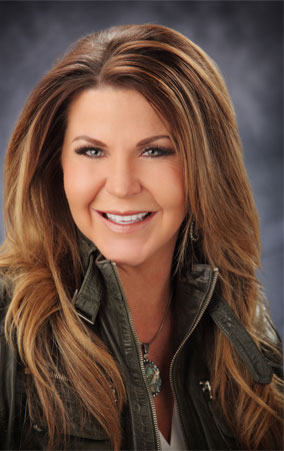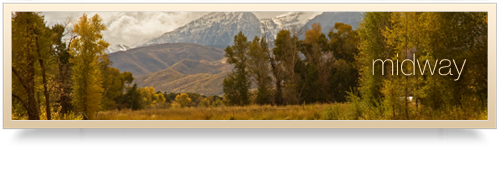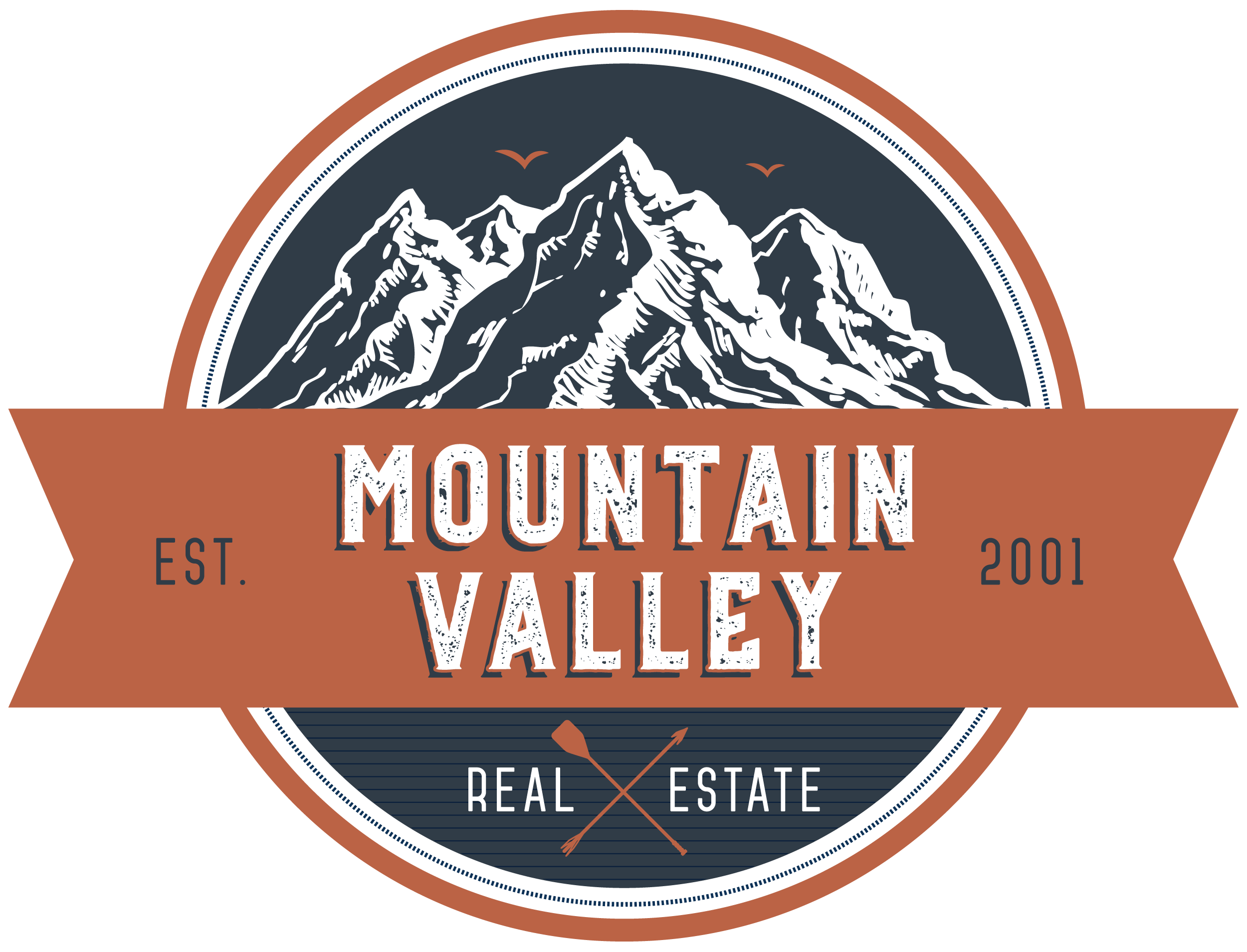CHRISTIE WILSON
Cell: 801.891.4938
christie@mtnvalleyrealestate.com

Midway Info
CITY INFORMATION:
75 North 100 West, Midway
(435) 654-3227
http://midwaycityut.org/contactus.htm
COUNTY INFORMATION:
475 North Main Street, Heber City
(435) 654-3666
http://www.gohebervalley.com/Contact-Us
SCHOOL INFORMATION:
101 East 200 North Heber City
(435) 654-0280
Midway is a city in Wasatch County, Utah, United States. It is located in the Heber Valley, approximately three miles west of Heber City and 28 miles southeast of Salt Lake City, on the opposite side of the Wasatch Mountains. The population was 2,121 at the 2000 census and was estimated at 3,474 in 2007.
History
A wagon road was completed through Provo Canyon in 1858, that brought the first settlers to the area. Two small communities were established. One of them, Mound City, was named for the many nearby limestone formations. The Robey, Epperson, Bronson, McCarroll, and Smith families were first to settle there.
Indian hostilities grew, and territorial governor, Brigham Young, encouraged settlers to build forts for protection. The two settlements built a fort halfway, or mid-way, between the two communities. In the 1860s and 70s, a large number of Swiss immigrants arrived, including the Gertsch, Boss, Huber, Kohler, Probst, Zenger, Durtschi, Murri, and Abegglen families. Descendants of some these families still live in Midway.
Midway was incorporated June 1, 1891, its industry based on livestock and farming. As the town grew, so did the need for building materials. In the early 1850s, sawmills were built, operated by Henry T. Coleman, John Watkins, and Moroni Blood. John H. Van Wagoner constructed the first commercial gristmill in 1861. Bonner Mercantile Store was the first retail store.
Schneitter's Hot Pots (now The Homestead ) and Luke's Hot Pots (known as the Mountain Spa for 56 years, is being redeveloped as The Rock Cavern Thermal Springs Health & Wellness Resort), were both established in the 1880s.
Civic improvements were made in the 1930s and 1940s, including a concrete sidewalk program started in 1938. The Midway Recreation Center, called the "Town Hall," was dedicated in June 1941, and is the center of many community events, including Swiss Days.
Swiss Days
Midway Swiss Days brings thousands of people to the town. Originally called Harvest Days, the event started in 1947, through the efforts of Luke's Hot Pots Resort owners, Joseph B. and Pauline S. Erwin. They formed a club known as the "Midway Boosters," which is still active, and whose members promote city improvements and activities.
Notable facts
Midway was the site of the 2002 Olympics cross-country and biathlon events at Soldier Hollow.
The community is also known for the large "hot-pot" or geo-thermal caldera at the Homestead Resort. There is year-round scuba diving in the caldera's 90-95 degree water.
The Homestead is also the site of an 18-hole golf course designed by Bruce Summerhays, Senior PGA Tour Pro.
Midway stood in for the fictional town of Everwood, Colorado, in the closing scenes of the episode, "Foreverwood", the series finale of the TV show, Everwood. Background shots overlooking the town were filmed from Memorial Hill, with the Wasatch Mountain Range in the background.
Geography
Midway is located at (40.514456, -111.477352).[3]
According to the United States Census Bureau, the city has a total area of 3.3 square miles (8.7 km²), all of it land.
Demographics
As of the census[1] of 2000, there were 2,121 people, 687 households, and 550 families residing in the city. The population density was 633.3 people per square mile (244.5/km²). There were 1,000 housing units at an average density of 298.6/sq mi (115.3/km²). The racial makeup of the city was 97.22% White, 0.05% African American, 0.38% Native American, 0.19% Asian, 0.19% Pacific Islander, 0.38% from other races, and 1.60% from two or more races. Hispanic or Latino of any race were 2.78% of the population.
There were 687 households out of which 43.2% had children under the age of 18 living with them, 71.0% were married couples living together, 6.4% had a female householder with no husband present, and 19.9% were non-families. 18.0% of all households were made up of individuals and 5.8% had someone living alone who was 65 years of age or older. The average household size was 3.09 and the average family size was 3.53.
In the city the population was spread out with 33.5% under the age of 18, 9.9% from 18 to 24, 25.8% from 25 to 44, 21.7% from 45 to 64, and 9.0% who were 65 years of age or older. The median age was 31 years. For every 100 females there were 104.9 males. For every 100 females age 18 and over, there were 98.6 males.
The median income for a household in the city was $51,071, and the median income for a family was $55,809. Males had a median income of $40,870 versus $25,682 for females. The per capita income for the city was $22,551. About 3.4% of families and 5.2% of the population were below the poverty line, including 6.4% of those under age 18 and 4.9% of those age 65 or over.
References
- "American Fact Finder" United States Census Bureau. Retrieved 2008-01-31.
- "US Board on Geographic Names" United States Geological Survey. 2007-10-25. Retrieved 2008-01-31.
- "US Gazetter Files 1999-2000" United States Census Bureau. 2005-05-03. Retrieved 2008-01-31.
.png)


